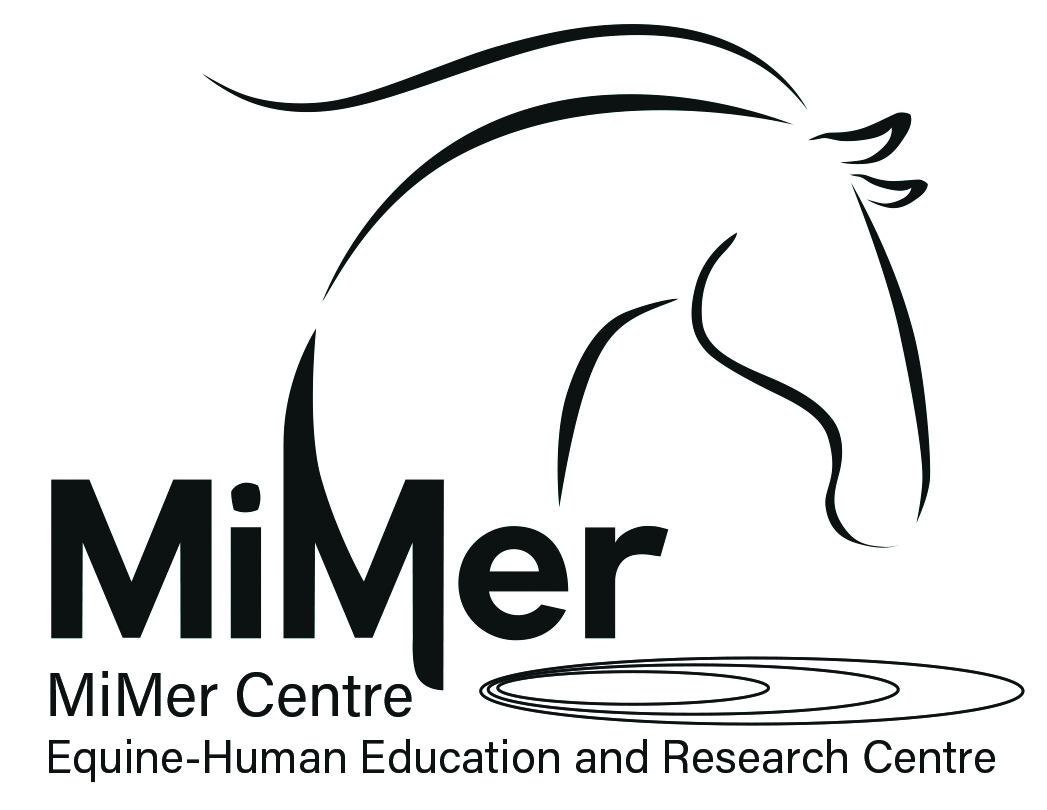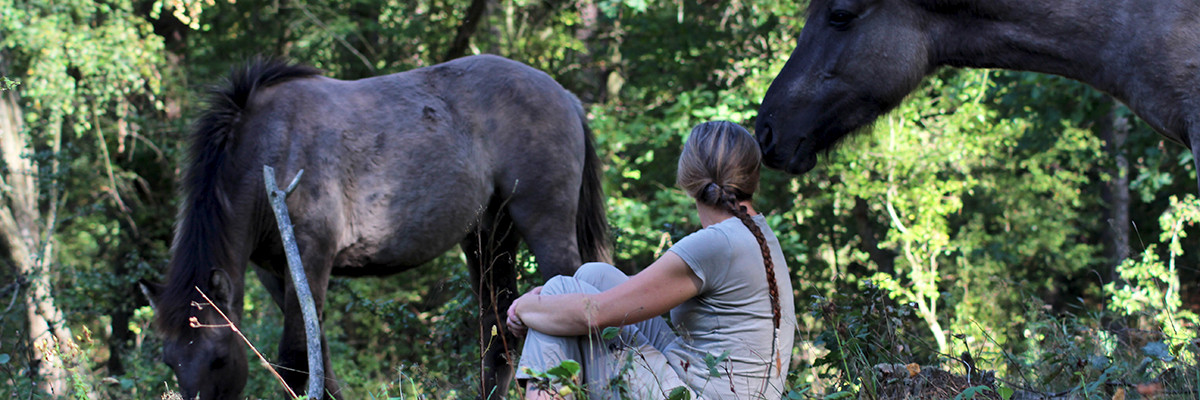ECODYNAMICS
Being a being is being relational.
Simple? Huh? – Yes. Seemingly so. Or. It is that simple. But we humans like to complicate things, and since I am a human, I am going to do just that! Not for its own sake, but when we look closer at things, go through the complex layers of something, look at it from different perspectives, we often come back, or home, to a simpler “truth” (insight). So, I invite you to follow me on a little exploration – in the hope that it will clarify some things. And if it doesn’t do that for you. At least, writing this – is helping me clarify my thinking, to me 😉
Dynamics. Another word for relationships – interactions – being with one another…(as the ones who read/train with me more regularly know - I often use the Intersubjectivity theory as a framework to look at relationships).
We have internal relationships (intrapsychic) – with ourselves, different parts of ourselves.
Then we have relationships with the world around us. On many different levels, some conscious to us, others on a more unconscious (or sub-conscious) level. But they all occur. All the time. That is how it is for all of us – we cannot not relate.
To understand our own way of relating, we can try to take a closer look at it. That is often a very good idea, before we go off and try to change someone else’s way of relating (a human, a horse, any being or group of beings) (hint here – we cannot really change someone else – but we can support others who do want to change themselves in some way or other).
In psychology – we look at psychodynamics.
In Sociology (or social psychology/cognition) we look at sociodynamics.
In biology (or related biology-centered fields) – we look at biodynamics.
And – then I want to add another one.
Ecodynamics. To look at how we interact with our surroundings, our environment. As the extended beings we are (I throw extended in here – lots of my thinking comes from a field called 4E Cognition (or 4E Cognitive Science) – the 4E standing for Embodied, Embedded, Enactive and Extended – because we are these relational beings – and our way of relating is about “being in the world” – in an embodied, embedded, enactive and extended way – in different ways).

Ecodynamics goes beyond biodynamics, it looks at how we in a 4E way interact and relate with the environment around us. It is an ecological approach to understanding especially our ecodynamics, but also the other ones – psychodynamics, sociodynamics, biodynamics – as none of these “dynamics” exists as an island, as an isolated phenomenon, they in themselves relate to each other (of course!).
Ecodynamics is my word to encapsulate this – Ecodynamics wants to look at “One of the central tenets of ecopsychology […] the articulation and examination of the emotional and psychological relationship with the natural world, and the reciprocal effects of human and natural world interaction. The fundamental challenge that presents itself to ecopsychology is to locate the human ‘mind’ in some form of relationship with the natural world and to understand this relationship as reciprocal. (Jordan, M. Nature and Therapy: Understanding counselling and psychotherapy in outdoor spaces. Taylor and Francis.) I do want to add (again!) that I think we need to look at all the dynamics to understand each one of them so to me Ecodynamics (and hence Ecopsychology and Ecotherapy) also need to include biodynamics and sociodynamics. To me – it is evident we need to look at all the parts, all the dynamics, to understand the whole, and to look at the whole to understand all the parts, all the dynamics.
In MiMer Centre we have a concept that includes all of this – we call it EATIC – Equine Assisted Trauma Informed Care. EATIC is how we put looking at all the dynamics into practice. It might sound like we only work with equines, but equines, as humans, do not exist in isolation, our equine assisted interventions do not happen in isolation, they take place in a context, in an environment. And we as practitioners have choices to make about those environments. And to me – it is important that we make those choices from what we want to achieve (for all parts involved in our team – practitioners, horses, clients – and our environment).
EATIC is also a course. You can learn about all of this (https://www.mimercentre.org/index.php/education) – I mention this as obviously I like to educate and help others put theory into practice – or more actually – look at the practice and see what the theory says about it, if theory can help our thinking, help us clarify to ourselves why we do what we do, why we believe what we do is helpful. Theory can also be used to finetune concepts, programs, our own understanding of our work, and give us useful words to support our thinking with – like ecodynamics – a word I thought was missing.
I think this it is extra important to look at ecodynamics when you work with traumatized people. I will write more about that in another blogpost (and in my upcoming book about all this), but I can give you one reason now – trust. Trust does not come easy if you have experienced human inter-relational trauma (if you where at some point in time hurt in any way by another human). Trust is tricky. It does not only affect how you behave towards others, but it also affects how you behave towards yourself AND your environment. And therefore, working in nature (natural places) – working with ecodynamics – can be very helpful.
Then it works of course for anyone with stress – and very few of us today are never experiencing negative stress (distress, overwhelm).
In our courses in EATIC we teach and apply thinking around ecodynamics. And we look at how it can impact things, your goals with your clients, but also your horses, and the rest of your team members.
We teach about the other dynamics too 😊 - and when it comes to the psychodynamics, we follow the pEATT model from Minds-n-Motion. Our collaborator in our courses and trainings. Their expertise in psychodynamics greatly enhances our EATIC concept (as well as my thinking…).
When you subscribe to the blog, we will send you an e-mail when there are new updates on the site so you wouldn't miss them.


Comments